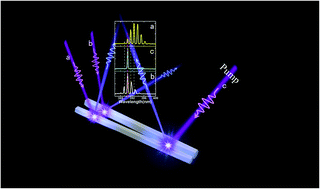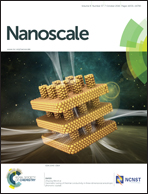Lasing mode regulation and single-mode realization in ZnO whispering gallery microcavities by the Vernier effect
Abstract
The wide direct bandgap and strong exciton binding energy of ZnO have inspired examinations of ultraviolet lasing over the previous decades. However, regulation of the lasing mode, especially the realization of single mode lasing, is still a challenge. In this study, a ZnO comb-like structure with an array of microrods was selected to design coupled whispering-gallery-mode cavities, wherein the naturally varied air-gap between the adjacent microrods created a flexible condition for optical field coupling without any complicated micromanipulation. Spectral behaviour of lasing and coupling interaction between coupled ZnO microrods were systematically investigated. By regulating the nano-scale inter-space of dual coupled microrods, stable single-mode lasing with a higher Q factor and lower threshold was obtained successfully based on the Vernier effect. The formation conditions and the mechanism of single-mode lasing derived from the coupled ZnO microrods were discussed in detail. It also demonstrated an approach to construct high quality single-mode lasing by tuning the diameters of the coupled ZnO microrods.



 Please wait while we load your content...
Please wait while we load your content...